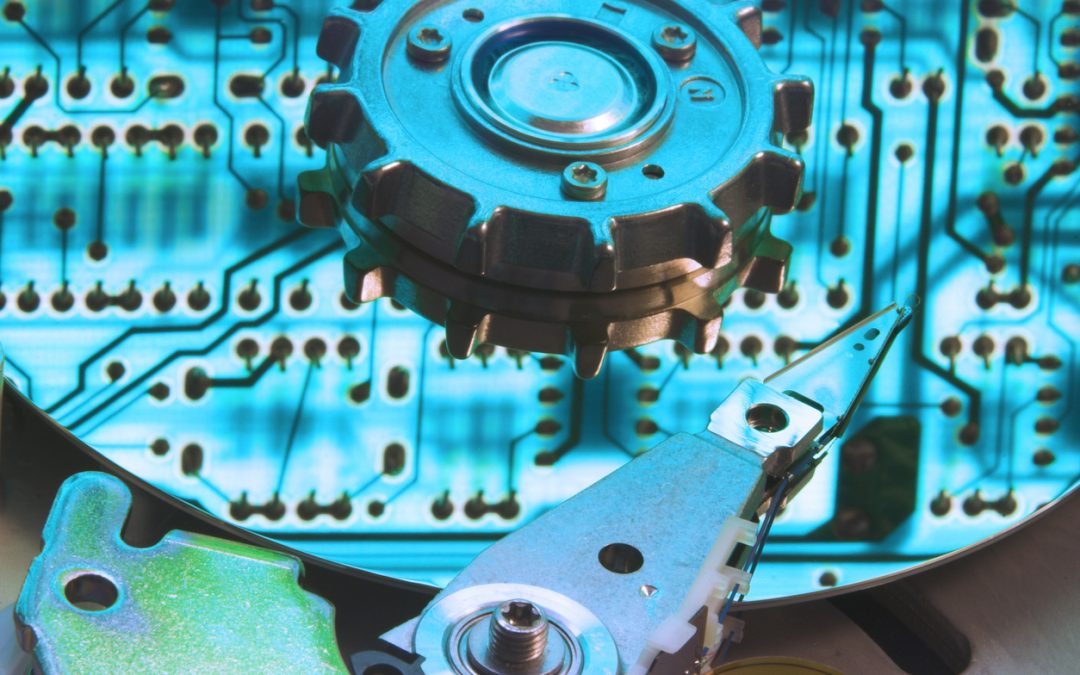


How Can You Use DA Drive Analyzer to Overcome the Challenges of RAID?
One of the most common methods to prevent data loss in a data center is the use of Redundant Array of Independent Disks (RAID). However, the main challenge of using RAID is the lack of warning before a drive failure occurs. Some forms of RAID can prevent data loss by...
How To Do Predictive Maintenance for RAID Configurations
We live in a world where the health of the drive and the data it stores are crucial for the normal functioning of business. RAID configurations are an indispensable component of modern data storage as they offer increased performance and data redundancy. What are the...
Challenges in Data Storage: RAID Configurations
As we have seen in an earlier post in the series, disk storage plays a vital role in preserving our data, whether it’s personal files, critical business data, or large-scale databases. RAID configurations have become an indispensable component of modern data...
How to Manage UNC Errors in RAID for NAS Devices
A NAS (Network Attached Storage) device is a specialized computer designed for data storage and providing access to that data over the internet or a network. In the event of an uncorrectable read error (UNC), the NAS device initiates an I/O error event, marks the...
